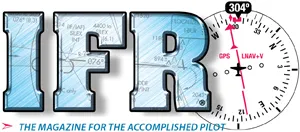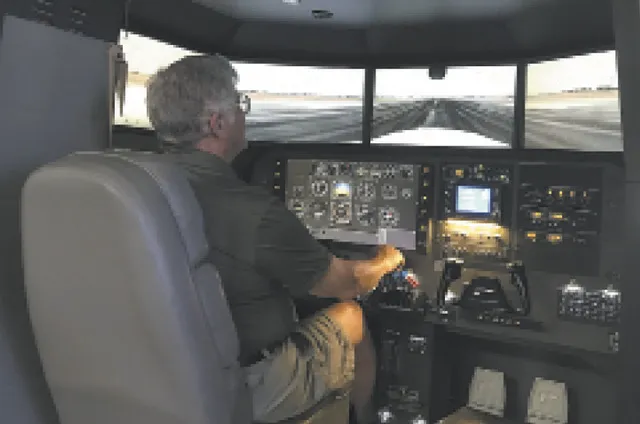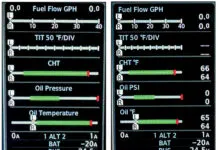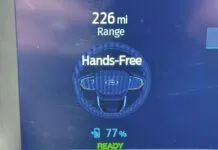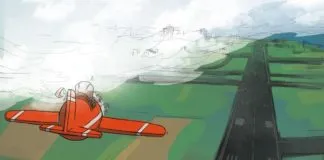Eight years ago I retired from Part 121 flying. I currently have plenty of time in my logbook. At the airline I was flying over 500 hours a year and as a captain I had regular line checks and recurrent training events. I was at my peak skill as an instrument pilot, and with all that experience and proficiency behind me, I assumed I’d keep it. I was so wrong.
Like many of you, my insurance requires annual recurrent training. In previous years I’ve done acceptably, perhaps because I made sure to do some sim training on my own. This past year I flew enough that, other than one lapse during my avionics upgrade, I maintained my currency, thus I didn’t spend much time in the sim. That was a mistake.
I’ve been using the same sim for a few years, so I’m rather familiar with it. During my recurrent training this year in that same sim I didn’t need any introduction, so I launched right in, starting with an engine failure (in a twin) on rotation. I knew it was coming, so I handled that okay—for about 30 seconds—then I augered in. Uh, that’s not right. Maybe I need a bit more practice.
I tried again under somewhat easier conditions and that went okay. After some more practice I moved on to the approaches. Clearly, as editor of this publication, I understand the approach procedures. So, what to do wasn’t an issue. But, knowing what to do is a long way from being able to execute it smoothly. No, that wasn’t my finest day.
Now, I could rationalize endless excuses, uh, reasons for my poor performance, starting with having left my airplane with the avionics shop for three and a half months. But, the hard truth is that instrument flying is a highly perishable skill that has a mercilessly short shelf life, even for those of us who think we have enough behind us to indefinitely extend that shelf life.
With what I’d call an unacceptable performance on my insurance-mandated recurrent training, obviously, some adjustments were necessary.
I fly about 100 hours a year, but purposeful flying for travel isn’t proficiency flying. At best, I seem to get only a few approaches in real IMC each year. So, my biggest adjustment is to spend more time in the sim, flying approaches in low weather and exploring many failures and emergencies. Of course, flying our quarterly Sim Challenges is superb practice and I recommend them to everyone.
Another adjustment is to go up at least a few times a year in the airplane and fly approaches under the hood. While the sim is superb training, as I’ve discussed many times, even the best sims available to general aviation leave a lot to be desired from the buttonology standpoint. So, time in the airplane is a must if one is to maintain proficiency on all those buttons and knobs, especially when the pressure is on.
Anyway, that’s my story. Is yours any different? Are you truly proficient with the flying and training you do every year? Or, like me, do you need to significantly up your game to regain and retain that high-level of proficiency you once had?
